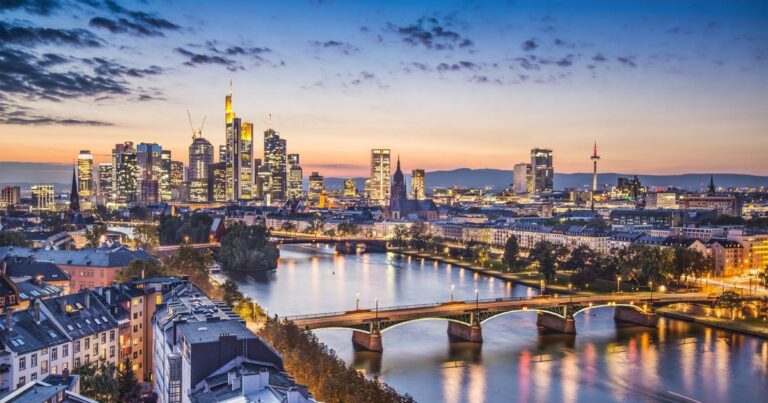Frankfurt is often labeled as the financial capital of Germany, but travelers who only see it as a hub for bankers and skyscrapers miss out on its layered personality.
Beneath the polished glass towers lies a city that mixes medieval charm with multicultural energy, where street food markets hum just a few steps away from world-class museums.
This guide goes beyond business and introduces Frankfurt as a city worth exploring in its own right.
Key Points
- Frankfurt combines a striking skyline with traditional neighborhoods.
- The city offers top cultural sites like the Städel Museum and Goethe House.
- Riverside promenades, local markets, and hidden green spaces make it livable and walkable.
- Excellent public transport and central accommodations simplify exploring.
- It’s a city that rewards curiosity, moving beyond its “business only” image.
First Impressions: A City of Contrasts
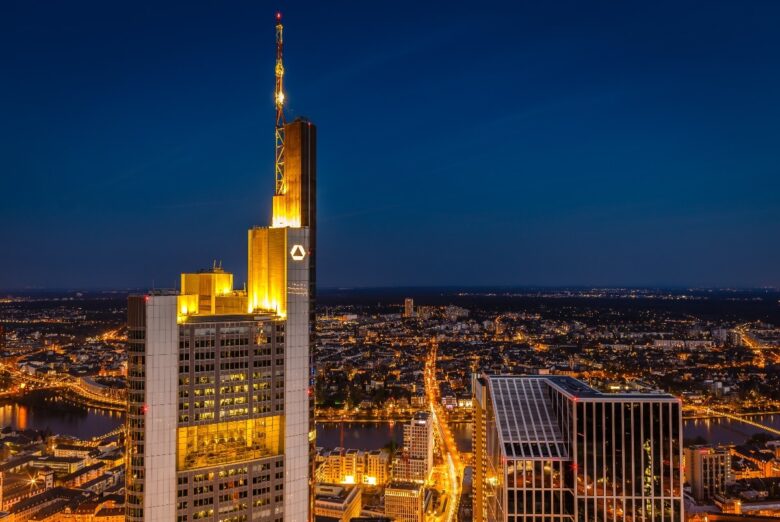
Arriving in Frankfurt, most visitors are immediately struck by the skyline. Towering glass buildings like Commerzbank Tower or Messeturm stand in sharp contrast with timber-framed houses of Römerberg, the historic heart of the city.
This duality defines Frankfurt—modern yet steeped in history, fast-paced yet surprisingly laid-back once you leave the financial quarter.
While business travelers often pass through, curious visitors find a place where culture, food, and community weave together.
Unlike Berlin or Munich, Frankfurt doesn’t overwhelm with size; instead, it feels like a city you can really get to know in a few days.
Staying in the Right Location
One of the best ways to experience Frankfurt beyond business is to base yourself in the city center. Staying central gives you walking access to the river, the old town, and key museums. If convenience is your priority, you’ll find plenty of options.
For instance, a hotel Frankfurt center such as Citadines City Centre Frankfurt makes it easy to blend work and leisure. You’re within reach of Messe Frankfurt exhibitions while still close to the city’s vibrant food and cultural quarters.
For those who prefer atmosphere over glass and steel, neighborhoods like Sachsenhausen or Bornheim offer boutique stays surrounded by taverns, cafes, and cobblestone streets.
Cultural Highlights: More Than Museums
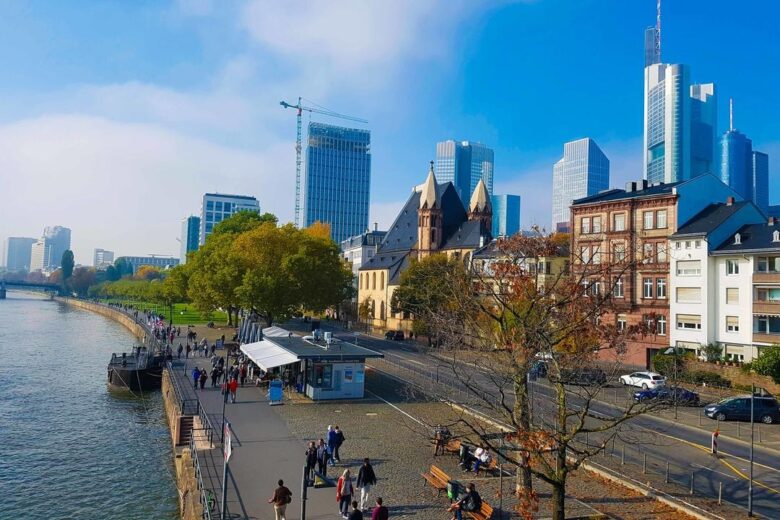
Frankfurt’s cultural scene stands among the strongest in Germany. The city’s Museum Embankment (Museumsufer) along the River Main is home to more than a dozen institutions.
The Städel Museum is the crown jewel, housing works from old masters like Rembrandt to modern icons like Gerhard Richter.
The Goethe House, birthplace of Germany’s most famous writer, is another stop that reveals the city’s literary roots. Theater fans will find the Frankfurt Opera consistently ranked among Europe’s best.
Notable cultural stops
- Städel Museum – Renaissance to contemporary masterpieces.
- Museum für Moderne Kunst (MMK) – cutting-edge contemporary exhibitions.
- Goethe House – step into the writer’s 18th-century world.
- Frankfurt Opera – performances that rival Milan or Vienna.
Riverside Life Along the Main
If there’s one place where Frankfurt shows its relaxed side, it’s along the River Main. Locals jog, cycle, or lounge by the water, and visitors quickly catch the rhythm.
The Eiserner Steg (Iron Bridge) offers sweeping views of the skyline and a direct path between the old town and Sachsenhausen’s taverns.
In summer, the riverside hosts open-air festivals, flea markets, and even temporary “beach bars.”
Walking the promenade at sunset, with the skyline glowing in golden light, is one of Frankfurt’s most memorable experiences.
Food and Drink: A City of Global Flavors
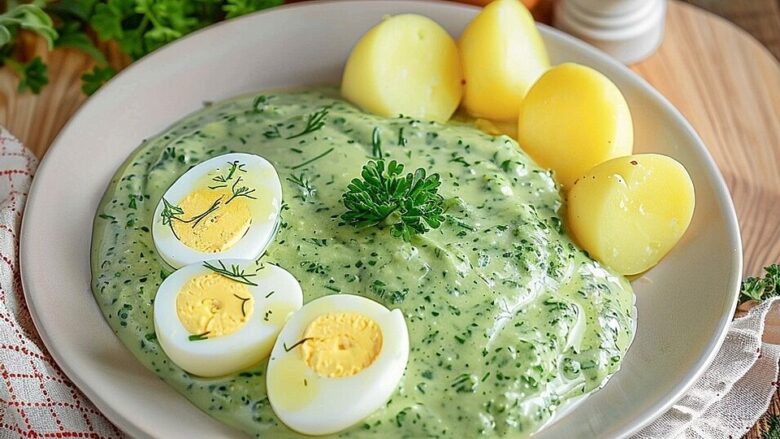
Frankfurt’s food scene reflects its role as an international hub. Yes, you’ll find hearty German fare, but the variety goes far beyond schnitzel. The Kleinmarkthalle is the city’s indoor food market, brimming with cheeses, sausages, spices, and global specialties.
For a quick taste of Frankfurt tradition, try a plate of Grüne Soße (green herb sauce) served with potatoes and eggs.
And no visit is complete without apple wine (Apfelwein). Sachsenhausen’s apple wine taverns are institutions where wooden benches and shared tables bring strangers together.
Must-try food experiences
- Sampling regional sausages at Kleinmarkthalle.
- Ordering Grüne Soße in a family-run tavern.
- Joining locals for apple wine in Sachsenhausen.
- Trying international flavors in Bahnhofsviertel’s lively food scene.
Neighborhoods That Reveal Character
Each Frankfurt district tells a different story.
- Altstadt (Old Town): Recently reconstructed and full of traditional architecture, it’s where Römerberg square captures the city’s medieval spirit.
- Sachsenhausen: Known for apple wine taverns and narrow lanes, it’s both traditional and youthful.
- Bahnhofsviertel: Once notorious, now one of the most multicultural and vibrant neighborhoods, buzzing with global food spots and nightlife.
- Bornheim: Often called “Frankfurt’s village,” this neighborhood blends old charm with a casual café culture.
These areas showcase the softer, more personal side of the city—places you’d miss if you only stayed in the business quarter.
Shopping and Markets
While Frankfurt has its fair share of luxury boutiques and international brands, some of its best finds come from local markets. Berger Straße in Bornheim offers small shops with character, while the weekly farmers’ markets overflow with regional produce.
For a high-end experience, the Zeil is Frankfurt’s main shopping street, a mix of flagship stores and modern malls. Yet many travelers say the charm lies in smaller artisan shops that reflect the city’s blend of tradition and modernity.
Green Escapes and Hidden Corners
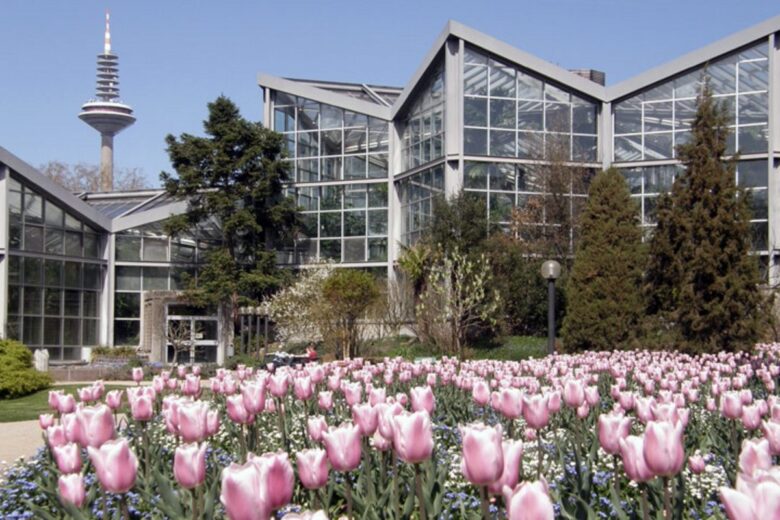
Despite its urban image, Frankfurt is full of green oases. The Palmengarten botanical garden is a peaceful retreat where exotic plants bloom year-round. Meanwhile, the Stadtwald (city forest) stretches over 5,000 hectares, crisscrossed with trails ideal for biking, running or long walks.
Hidden gems like Bethmannpark and Holzhausenpark give the city a neighborhood feel, perfect for a quiet picnic or a break from sightseeing. These pockets of calm balance the city’s high-energy business reputation.
Practical Travel Tips
Frankfurt’s compact size and excellent transport make it one of Germany’s easiest cities to navigate. The U-Bahn and trams cover nearly every district, while regional trains connect quickly to surrounding towns and airports.
- Transport: Consider a day pass for unlimited public transit.
- Language: English is widely spoken, but trying a few German phrases is always appreciated.
- Timing: Spring and autumn bring mild weather and fewer crowds.
- Events: Book ahead if visiting during the Frankfurt Book Fair or major trade shows.
Conclusion: Frankfurt Beyond the Stereotype
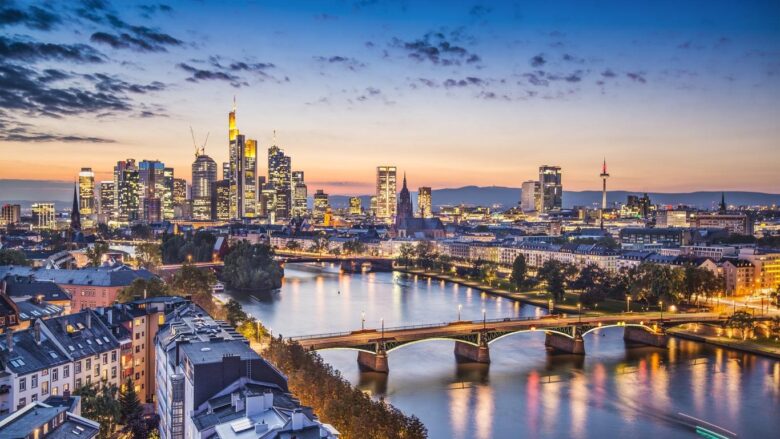
Frankfurt’s reputation as a business hub is well-earned, but reducing it to banking and trade fairs overlooks its cultural and human depth. The city rewards travelers who linger, who stroll the riverside, taste apple wine in a tavern, or wander through its historic streets. It’s a city of contrasts—glass towers and medieval squares, global flavors and regional traditions, fast-moving business and slow riverside evenings.
Frankfurt beyond business is a destination that combines accessibility, culture, and authenticity, making it far more than just a stopover.

